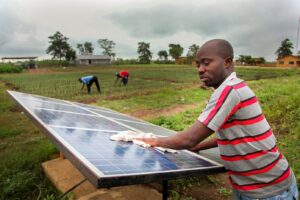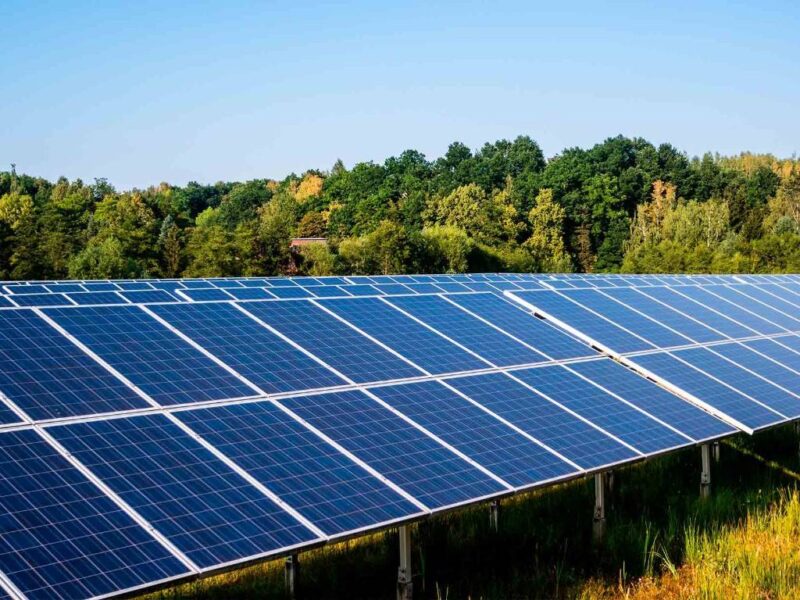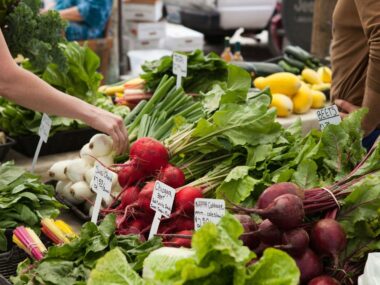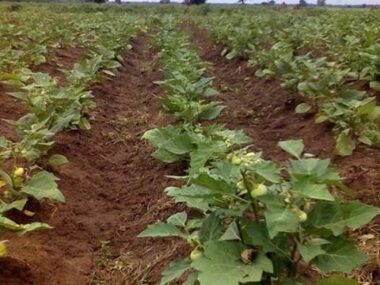In recent years, the agricultural industry has undergone a significant transformation with the adoption of sustainable practices and innovative technologies. Among these advancements, solar-powered farming has emerged as a game-changer, offering a renewable energy solution that not only reduces environmental impact but also enhances farm productivity and profitability. This article explores the principles, benefits, and applications of solar-powered farming, shedding light on its potential to revolutionize the way we cultivate our food.
Understanding Solar-Powered Farming
At its core, solar-powered farming involves the integration of solar energy systems into various aspects of agricultural operations. This includes the installation of solar panels or photovoltaic (PV) arrays to harness sunlight and convert it into electricity, which can then be used to power farm equipment, irrigation systems, and other essential machinery. Additionally, solar energy can be stored in batteries or fed back into the grid for supplemental income through net metering programs.
Benefits of Solar-Powered Farming
The transition to solar-powered farming offers a multitude of benefits for farmers, the environment, and local communities alike:
Cost Savings: By generating their electricity from solar panels, farmers can significantly reduce their reliance on traditional energy sources such as fossil fuels and grid electricity, leading to substantial cost savings over time.
Environmental Sustainability: Solar energy is clean, renewable, and emits no greenhouse gases or harmful pollutants during operation, making it a more environmentally sustainable alternative to conventional energy sources.
Energy Independence: Solar-powered farms are less vulnerable to fluctuations in energy prices and supply disruptions, providing farmers with greater energy independence and resilience against external factors.
Diversification of Income: In addition to savings on energy bills, farmers can generate additional income by selling excess electricity back to the grid or participating in renewable energy incentive programs.
Long-Term Investment: While the initial investment in solar infrastructure may seem significant,

the long-term return on investment (ROI) can be substantial, especially considering the lifespan of solar panels, which can exceed 25 years with proper maintenance.
Reduced Carbon Footprint: By transitioning to solar energy, farmers can significantly reduce their carbon footprint and contribute to mitigating climate change, helping to create a more sustainable future for generations to come.
Applications of Solar-Powered Farming
Solar energy can be integrated into various aspects of agricultural operations, offering versatile applications across different farming practices:
Electricity Generation: Solar panels can be installed on rooftops, unused land, or mounted on structures such as pergolas or ground-mounted arrays to generate electricity for farm operations.
Irrigation Systems: Solar-powered pumps and drip irrigation systems can be used to efficiently deliver water to crops, reducing water waste and energy costs associated with traditional irrigation methods.
Livestock Farming: Solar-powered electric fencing, lighting, and ventilation systems can enhance livestock management practices, improving animal welfare and overall farm efficiency.
Crop Drying and Processing: Solar dryers and dehydrators can be used to preserve and process crops, fruits, and vegetables, extending their shelf life and adding value to farm products.
Cold Storage: Solar-powered refrigeration units and cold storage facilities can help farmers preserve perishable goods such as fruits, vegetables, and dairy products without relying on grid electricity.
Remote Monitoring and Control: Solar-powered sensors, cameras, and IoT (Internet of Things) devices can be deployed across the farm to monitor environmental conditions, crop health, and equipment performance remotely.
Challenges and Considerations
While solar-powered farming offers numerous benefits, it also presents some challenges and considerations that farmers should be aware of:
Initial Investment: The upfront cost of installing solar infrastructure can be a barrier for some farmers, although various financing options, incentives, and rebates are available to help offset these costs.
Location and Site Suitability: The effectiveness of solar energy generation depends on factors such as geographic location, weather patterns, shading, and available land area, requiring careful site selection and planning.
Maintenance and Durability: Solar panels require regular maintenance, cleaning, and occasional repairs to ensure optimal performance and longevity, which may entail additional time and resources for farmers.
Regulatory and Permitting Requirements: Farmers must comply with local regulations, zoning ordinances, and permitting requirements when installing solar panels, which can vary depending on jurisdiction and project size.
Interconnection and Grid Integration: Connecting solar-powered farms to the electrical grid and navigating utility interconnection policies and agreements can pose logistical and technical challenges for farmers.
Technological Advancements: As solar technology continues to evolve, farmers must stay informed about the latest innovations, equipment upgrades, and best practices to maximize the efficiency and effectiveness of their solar-powered systems.
Conclusion
Solar-powered farming represents a transformative approach to sustainable agriculture, offering farmers a clean, renewable energy solution that enhances productivity, reduces costs, and mitigates environmental impact. By harnessing the power of the sun, farmers can cultivate a brighter future for themselves, their communities, and the planet, paving the way for a more resilient and sustainable food system for generations to come. As the agricultural industry continues to embrace solar energy, the possibilities for innovation and growth are boundless, ushering in a new era of prosperity and progress for farmers worldwide.










